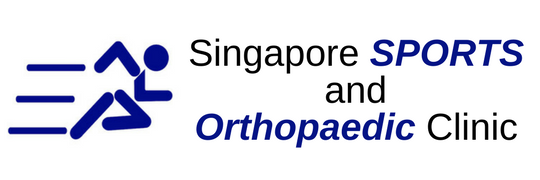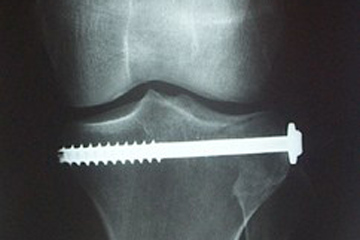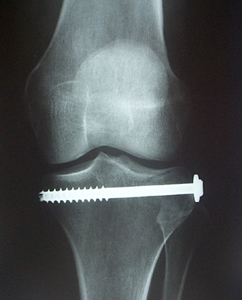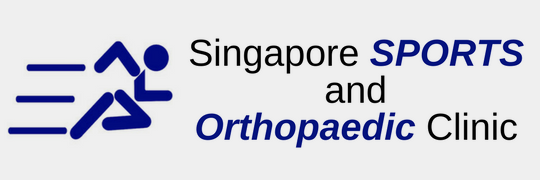What is ORIF Surgery?
An open reduction internal fixation (ORIF) refers to a surgical procedure to fix severely broken bones. Open reduction means surgery is necessary to reorient the bone fracture into the normal position. Internal fixation refers to the hardware such as metal pins, steel rods, screws, or plates used to keep the bone fracture stable in order to heal the right way and to help prevent infection.
ORIF can also be known as the surgical repair of a joint, such as a hip or knee replacement.The surgical procedure is performed by an orthopaedic doctor. Under general anesthesia, a slit or incision is made at the site of the injury, and the fracture is carefully re-aligned. The hardware is installed at the site, and the incision is closed with staples or stitches. The metal pins, steel rods, screws, or plates can be permanent, or temporary and removed when healing takes place.
When is Open Reduction Internal Fixation Surgery needed?
Usually ORIF is an urgent surgery. Your doctor might advise ORIF surgery if your bone breaks in multiple places, moves out of position, sticks out through the skin. ORIF may also be advised if the bone was previously re-aligned without an incision — referred to as closed reduction — but didn’t heal properly.The surgery helps reduce pain and restore movement by helping the bone heal in the right area.
What does the the Surgery entail?
Before the surgery you might receive a physical exam, blood test, X ray, CT scan, MRI scan. These tests will allow the doctor to investigate your broken bone. The surgery can take several hours, depending on the injury.
You shall be given general anesthesia by the anesthesiologist to put you in a deep sleep during the surgery so you won’t feel any pain. You might be put on a breathing tube so that you breathe in a proper way.
After ORIF, the doctors monitor your blood pressure, breathing, and pulse. They’ll also examine the nerves near the broken bone.Depending on your surgery, you may go home the same day or you might stay in the hospital for one to several days for recovery.If you have an arm fracture, you may go home later the same day. However for leg fractures, one might have to stay for a longer period.
Pros & Cons over alternative methods
Pros
- ORIF surgery has a very high success rate.
- After successful surgery usually patients return to normal daily activities after complete recovery.
- It can avoid the need for prolonged period of times in plaster. For certain complex injuries it provides the best possible result, and is necessary above and beyond plaster treatment.
Cons
- Drawbacks of ORIF can include infection, swelling, and mobility of the installed hardware.
- The recovery process can take several months, because bones grow slowly.
- Other factors that can affect recovery are the location and severity of the fracture, the age of the patient, and the type of bone broken.
Recovery & Rehabilitation after Open Reduction Internal Fixation Surgery
Generally, recovery takes about 3 to 12 months. Each surgery is different from the other. Complete recovery depends on the type, severity, and location of the injury. Recovery can take more time if you develop complications after surgery.
Once your bones begin to heal, your doctor may advise you to do physical or occupational therapy. A physical or occupational therapist can show you specific rehabilitation exercises which will help you regain strength and mobility in the area.
Here’s what you can do at home for a smooth recovery –
- Make sure that your incision stays clean. Keep it covered and wash your hands more often.
- Your doctor might recommend you to apply ice to decrease swelling.
- If your physical or occupational therapist taught you home exercises and stretches, do them regularly without fail.
It’s mandatory to attend all your checkups post surgery. This will help your doctor observe your healing process.
Walking after ORIF ankle surgery
After ORIF ankle surgery, the patient won’t be able to walk normally for a period of time.One can however use crutches Without puttingmuch pressure on the ankle to prevent complications and help the bone and incision heal faster.Your doctor will advise you when you can apply weight on the ankle. The time varies for each fracture.
Operations/Surgeries for ORIF in Singapore
We at Singapore Sports and Orthopaedic Clinic do perform Open Reduction Internal Fixation Surgery so please free to contact us. We are conveniently located at Gleneagles Medical Centre, Central Part of Singapore. Our specialists have 20+ years of experience in this field.







